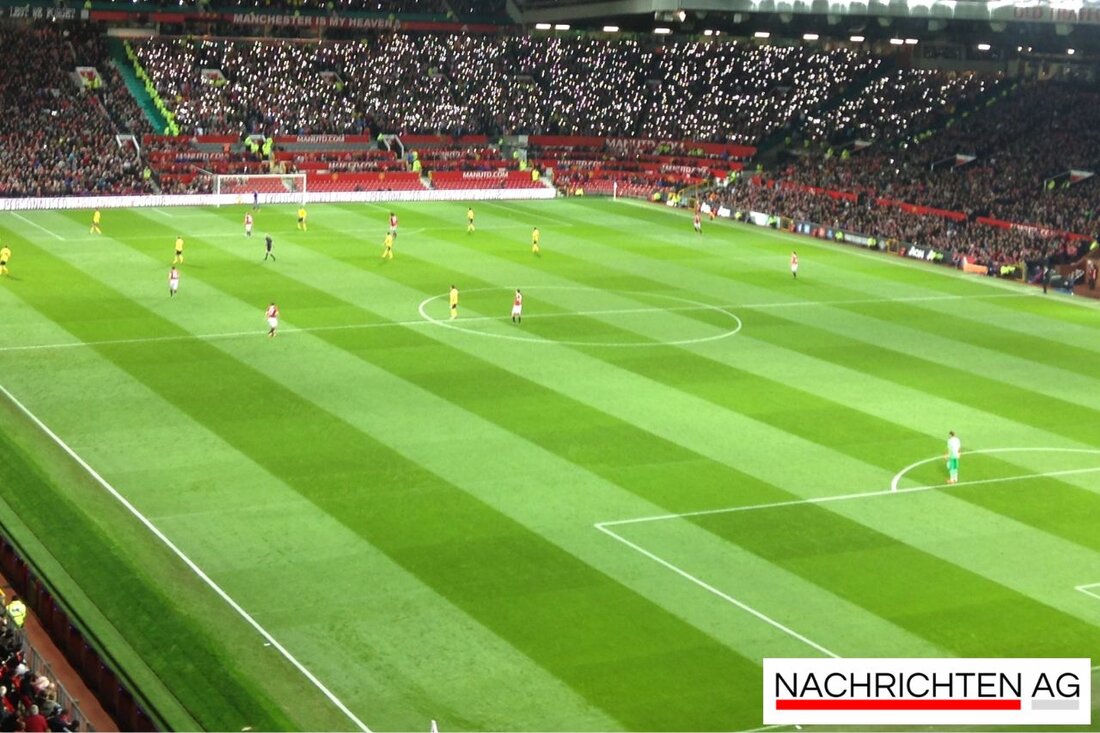The last cup final of the GDR: a soccer game in the change of time
The last cup final of the GDR: a soccer game in the change of time
In the historical context of German unity and football, sport looks back on an unprecedented 1990. A decisive event was the last FDGB Cup final in the GDR, which took place on June 2, 1990 in the Friedrich-Ludwig-Jahn-Sportpark in Berlin. The SG Dynamo Dresden and the Schwerin police sports club faced each other. Dynamo Dresden, as a favorite, went into the game, won the final 2-1 and thus secured the last trophy in GDR history. In the first half, André Kort für Schwerin scored the 1-0 before Jörg Stübner and Ulf Kirsten turned the game for the Dresdner. The stadium was only moderately filled, about 5,750 spectators looked at the spectacle MDR reported that….
This time of upheaval was not only for football, but also for the entire society of the GDR. The fall of the wall in November 1989 and the subsequent end of the SED regime heralded a new era. Four weeks after the cup final, the D-Mark should be introduced to the GDR, which brought profound changes in the sports landscape. Against this background, many players, such as emerging talents such as Kirsten and Sammer, planned their careers in the West, which also reported the basis for the upcoming change in professional sports [Nordkurier …] (Https://www.nordkurier.de/sport/sier-mauerfall-und-d-mark-das-ddr-cup finals-3629502).
An era comes to an end
The cup final not only represented a sporting highlight, but also symbolized the end of an era. Players and fans were aware of the changes that were at the door. In the weeks after the game, the actors saw themselves confronted with the reality of a new time. Almost all stars from Dynamo had to leave their club; Football in the GDR was on the abyss. Reiner Calmund from Bayer Leverkusen was in the stadium and recognized the potential that GDR football offered. There were milestones like this great upheaval not only in sports, but also throughout the company, which was in motion through the fall of the Berlin Wall and the upcoming currency union [BPB that ...] (https://www.bpb.de/themen/deutsche-sinheit/lange-wege-der-der-de--der--der--de--dem In retrospect, in retrospect of June 2, 1990, the then 20-year-old Steffen Benthin describes his memories of the game. He was substituted in the 66th minute and thought of the chances that the team had shortly before the final whistle. Despite the defeat, many players appreciated the atmosphere and the importance of the game. Benthin himself subsequently had a trial training at FC Bayern Munich, but did not sign and later switched to Hansa Rostock [Nordkurier, that…] (https://www.nordkurier.de/sport/bwei-mauerfall-und-d-mark-das- Herzte-ddr- Cupfinale-3629502).
The change in sport
After the fall of the wall, the hour struck for a comprehensive change in German sport. The once so large GDR sports nation had to be reoriented and integrated. The state leadership and sports science had to be reformed, which resulted in a significant realignment. From September 1990, the way for the integration of the GDR sports was paved into the German structures, which was not without challenges. The first joint run through the Brandenburg Gate in 1990 reported a sign of unity and rebuild in German Sport BPB that ....
The processing of sports history of both German states after the turn is as complex as it is necessary. Aspects such as doping abuse in the GDR sports system and the need for fairer funding had to be addressed. Overall, the development in German sport has remained an exciting and complex topic that not only illuminates the past, but also provides information about the future.
| Details | |
|---|---|
| Ort | Schwerin, Deutschland |
| Quellen | |


Kommentare (0)